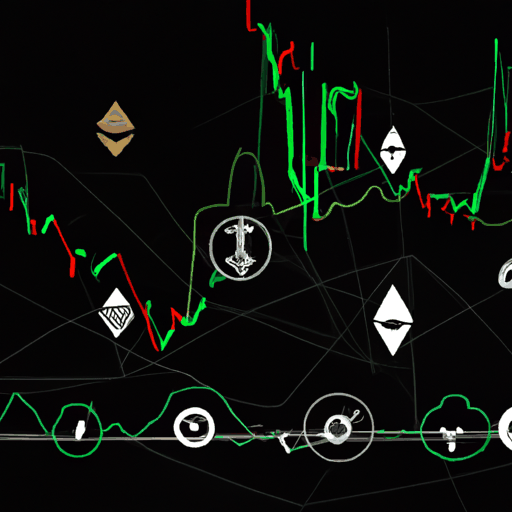
Bitcoin Experiences Market Fluctuations Amid Profit Taking and Market Activity
By: Eva Baxter
Bitcoin (BTC) has recently experienced significant market fluctuations, with several key developments influencing its price action. Initially, Bitcoin slipped below the $63,000 mark due to profit-taking activities following a weekend rally. The sell-off contributed to a broader market decline, impacting other cryptocurrencies.
Despite the downturn, Bitcoin showed signs of resilience, briefly spiking to a 24-hour high of $64,893 before settling around $63,786. Market analysts have mixed opinions on the immediate future of Bitcoin. Emperor, a renowned crypto analyst, noted that Bitcoin had successfully bounced from a critical support zone around $58,000, reclaiming the 200-day Exponential Moving Average (EMA) on the 4-hour chart. He views this as a strong indication of an uptrend, although he cautions that Bitcoin's price might not experience a continuous rise this week. Instead, he suggests that it's a good time to take profits on Bitcoin while focusing on altcoins.
Meanwhile, another analyst, Macro Johanning, pointed out risks that could lead to a temporary dip to around $61,000 before a potential rise. Johanning emphasized the importance of upcoming economic data releases, such as the US Consumer Confidence data and Nvidia's earnings report, in shaping Bitcoin's short-term direction. He believes these events could drive market sentiment and add volatility to Bitcoin's price.
In a separate development, technical analysis showed that Bitcoin failed to sustain its position above the $65,000 resistance, causing it to slide below key support levels. It is now trading under the 100 hourly Simple Moving Average. The price could further decline towards the $61,750 support zone before any substantial bullish movement resumes. The short-term resistance levels are identified at $63,500 and $64,000, with a break above these levels potentially driving the price higher.
Another concerning trend is observed in the Bitcoin Supply in Profit indicator, which has formed a pattern posing potential risks to the bull run. The indicator reflects the percentage of BTC that holds unrealized profit. Recently, it reached 85%, signaling a bull phase. However, trends of dipping into the transition zone between bull and bear phases raise doubts about sustained recovery. If Bitcoin’s supply in profit dips again, it could indicate a downturn leading to a bear market.
Moreover, recent market activities show increased seller activity. The uptick included significant Bitcoin transfers by short-term holders, suggesting selling pressure that might lead to short-term price pullbacks. Renowned analyst Ali highlighted that if Bitcoin's support at $63,500 holds, there could be a rebound to $64,200 or $64,800. Conversely, if the support fails, a decline to $62,800 might occur.



